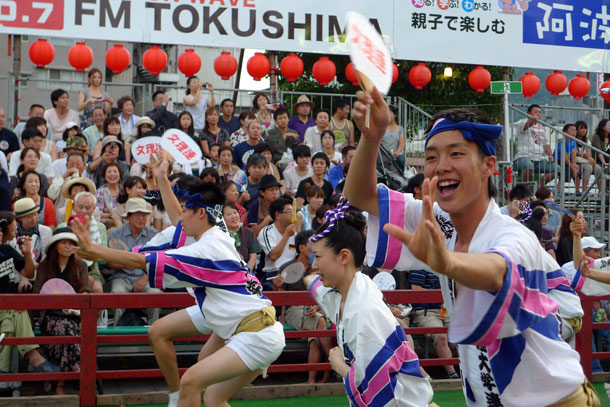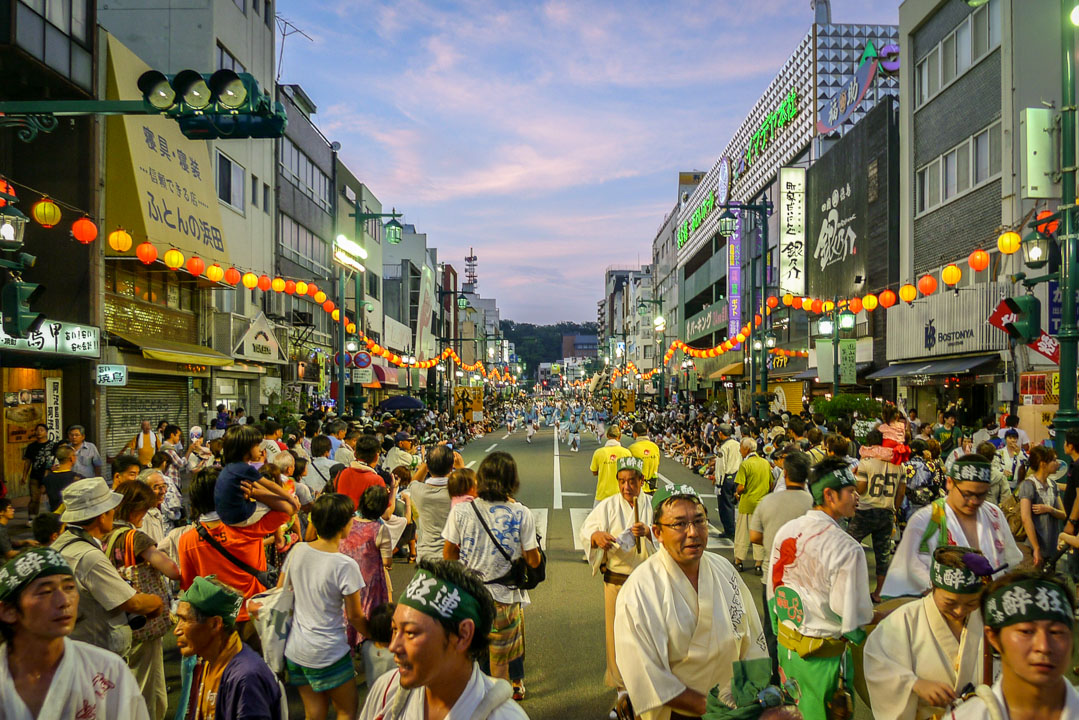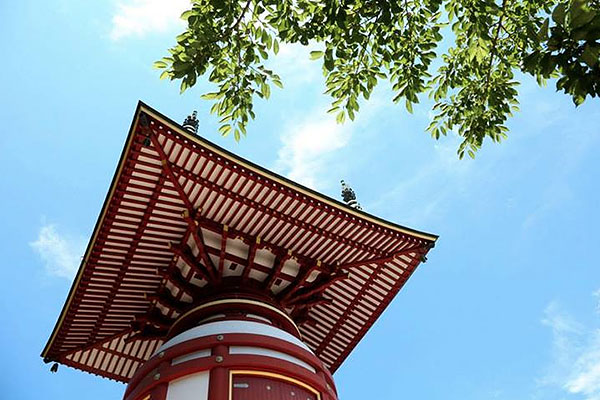Kochi Prefecture 「高知県」 covers most of the southern coast of Shikoku. Two travelers, seeing Shikoku’s four prefectures in four weeks, have just spent a week exploring the coast and natural beauty of Kochi.
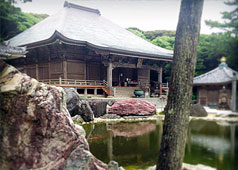
In this article:
Jamie and Katy, a professional travel writing and photography duo, are traveling Shikoku as part of the Smiles of Shikoku project.
Kochi Prefecture is made up of smaller towns and cities, with an easygoing atmosphere compared to the rest of Japan.
The area is known for its rich and pristine nature – with stunning and ragged coastlines, mountain forests and the Shimanto River which is known to be one of the most unspoiled in Japan.
Muroto Peninsula, Tosa 「土佐室戸岬」
A.K.A. Cape Muroto
Tosa is a small city, with a mountain range in its backyard and the Pacific Ocean in its front yard.
Travelling in summer (it gets very humid in Japan), the traveling duo started their first day in Kochi Prefecture with a visit to the beach.



Hoshino Resort Utoco Auberge & Spa
「星野リゾートウトコ オーベルジュ&スパ」
The first night in Kochi Prefecture was spent at a luxurious resort, on the eastern tip of Muroto Peninsula. The resort treated the traveling pair to some delicious treats!




Kochi City 「高知市」
Kochi Prefecture’s capital city is located at an area once known as Tosa. In Kochi are many cultural heritage sites:
- Kokubun-ji Temple
- Tosa Shrine
- Chikurin-ji Temple
- Asakura Shrine
- Kochi Castle



Hirome Market 「ひろめ市場」
With hundreds of years of history, many different types of stores, and store keepers speaking in thick Tosa dialect, this is one of the most authentic local markets in Japan. The market serves up local fresh produce and seafood. This market is located in Kochi City, very close to Kochi Castle, nestled among shops and other market areas.

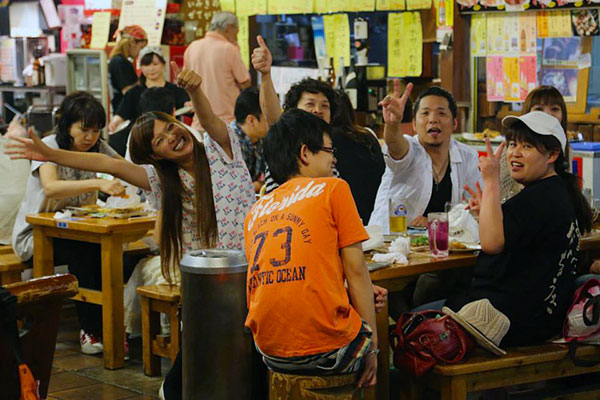
As with every other prefecture in Japan, Kochi has its own unique delicacies: buntan, ponkan and yuzu citrus fruits are large and sweet, made into many different types of foods and drinks (see yuzu liquer and sorbet above).

Shimanto River 「四万十川」
Some believe the name for this river comes from a native phrase meaning ‘inordinately beautiful’. This Shimanto River has a reputation as being one of the most pristine in Japan. The river flows from the mountains, about 200kms down through valleys until it reaches the Pacific Ocean.
Katy and Jamie explored the river on bicycles. Hiring a bicycle is a great way to see Japan as a tourist, you always discover some great surprises which you’d never see on the bus or train.





Kongōfuku-ji Temple 「金剛福寺」
Temple number 38 of the Shikoku 88 Temple Pilgrimage, Kongofuku-ji Temple is said to have the most beautiful view of all temples on the route. The temple has a very ancient style, and can be explored through some interesting mountain paths.

Sea turtles lay their eggs along the coastline around the temple. The temple has a close connection with sea turtles, many old tales and legends tell stories of sea turtle being saved and sighted.
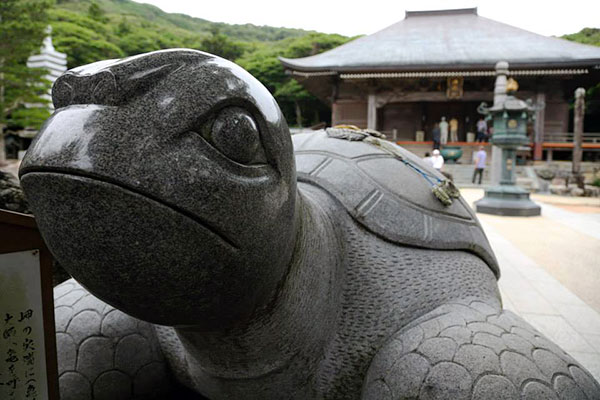

Cape Ashizuri 「足摺岬」
Kongofuku-ji Temple is located at Cape Ashizuri in Tosashimizu, a small city just north of Muroto. The cape is part of the Ashizuri-Uwakai National Park.
Formed by wave erosion, a rough Pacific Ocean has formed a large arch about 15m high known as the Hakusan Natural Arch. Since 1953 it’s been designated as a natural monument by the local government.
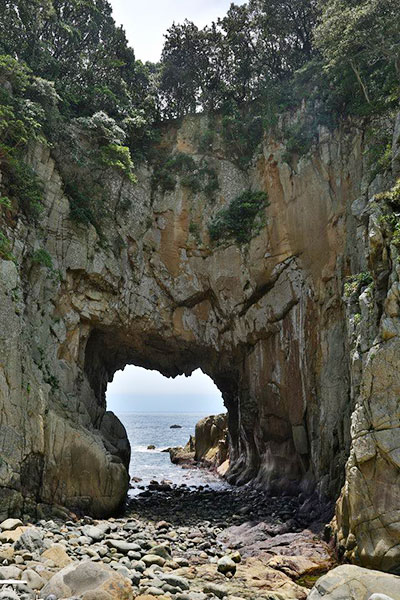
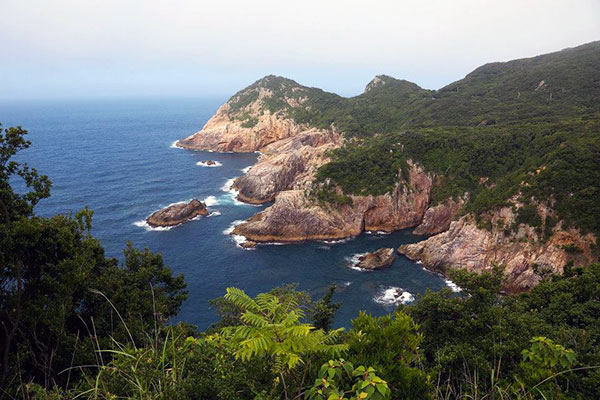
Katy and Jamie’s week in Kochi Prefecture saw them visit many natural sites, partake in some traditional activities and enjoying the local cuisine. The small cities and towns in Kochi Prefecture has seen the pair enjoy Japan at a pace far less hectic than the big tourist spots in Japan.
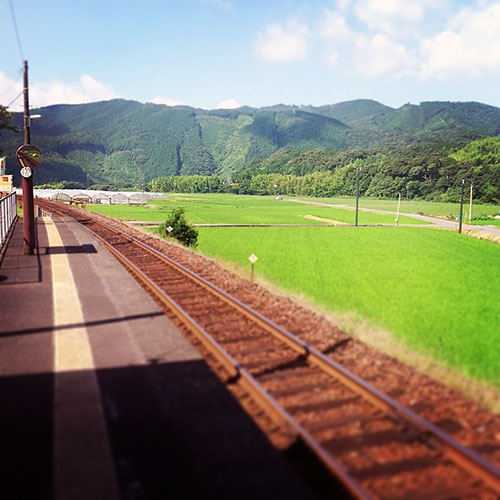
How to get to Kochi Prefecture
The easiest way to get to Kochi City in Kochi Prefecture from the Japanese mainland is by train from Okayama Station. Catch the Limited Express Nanpu 7, a 2.5 hour train ride that will cost about ¥6,000 yen one way.
When to visit Kochi Prefecture
- Yosakoi Dance Festival: August 9 – 12 every year, the festival sees 20,000 performers dance on the streets. The performers are split into 190 teams, who have their own creative costumes, dance, song – and even trucks blasting out music.
- Ashizuri Festival: Held annually in August, the Ashizuri Dance is performed, and then at night stalls and streets come alive!
- Ichijo Festival: November 22 – 24 in Shimanto City. One of the biggest festivals in the area with an interesting history – during the festival, you could enter any house in the area and enjoy as much food and drink as you want! However this tradition has greatly died down. Sumo wrestling and street parades are now popular.
- For more information about festivals and Kochi Prefecture tourism, visit the Kochi Prefectural English website.
All images are property of The Real Japan and have been published with their permission.


